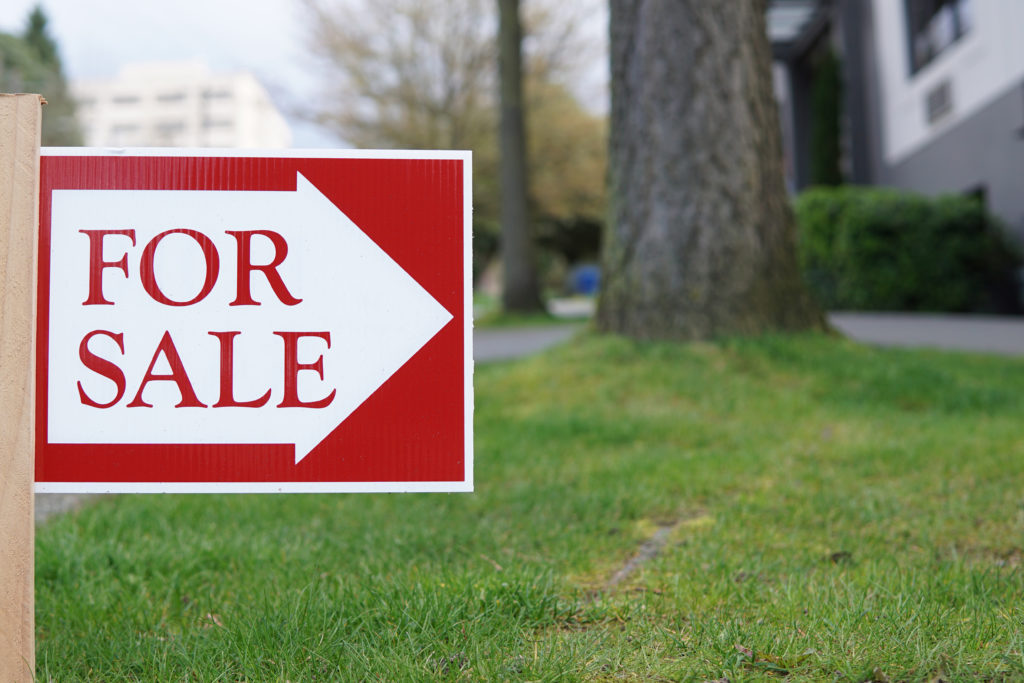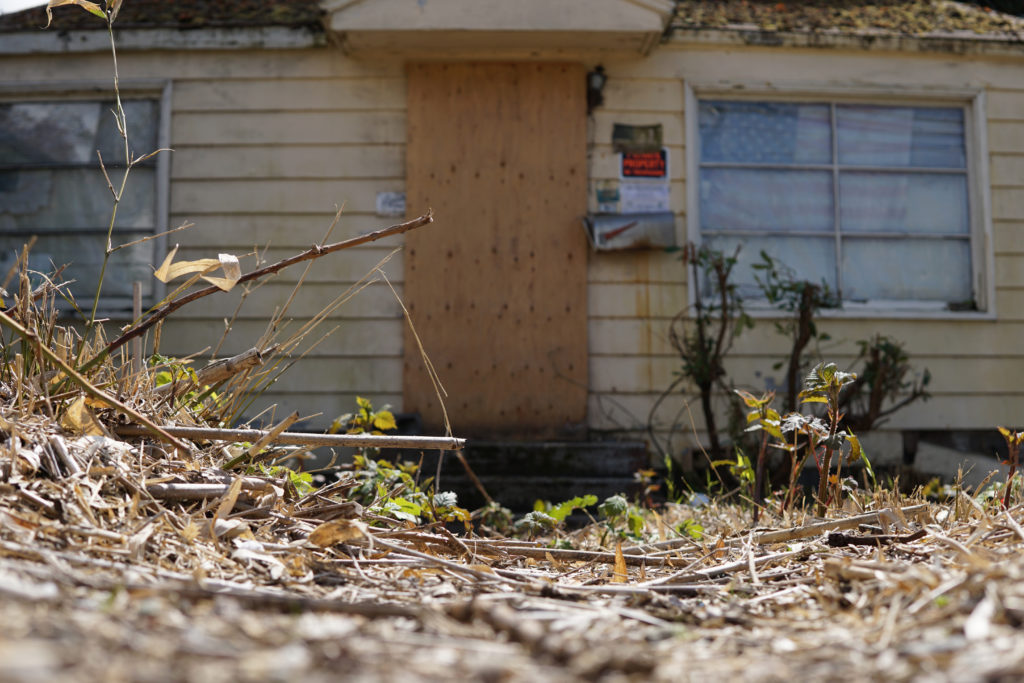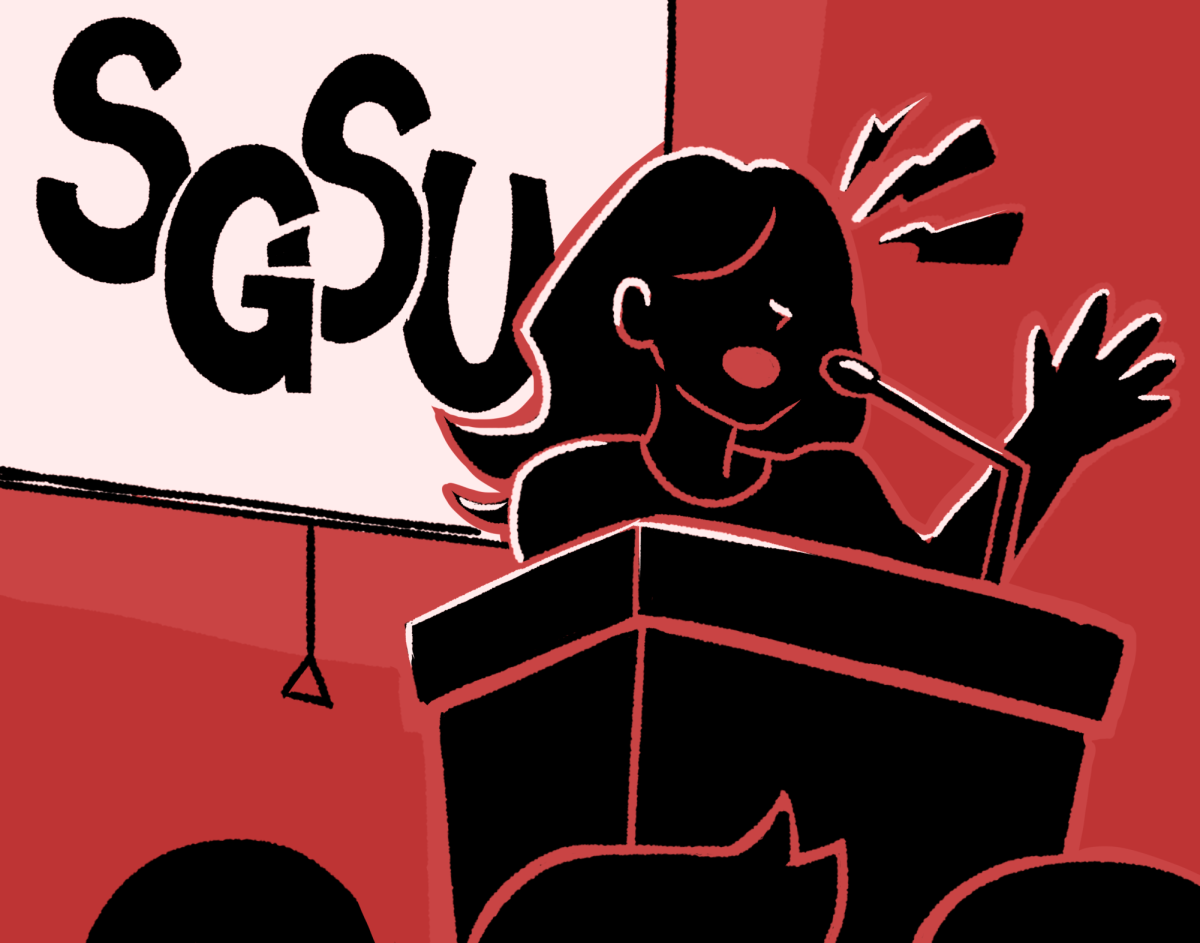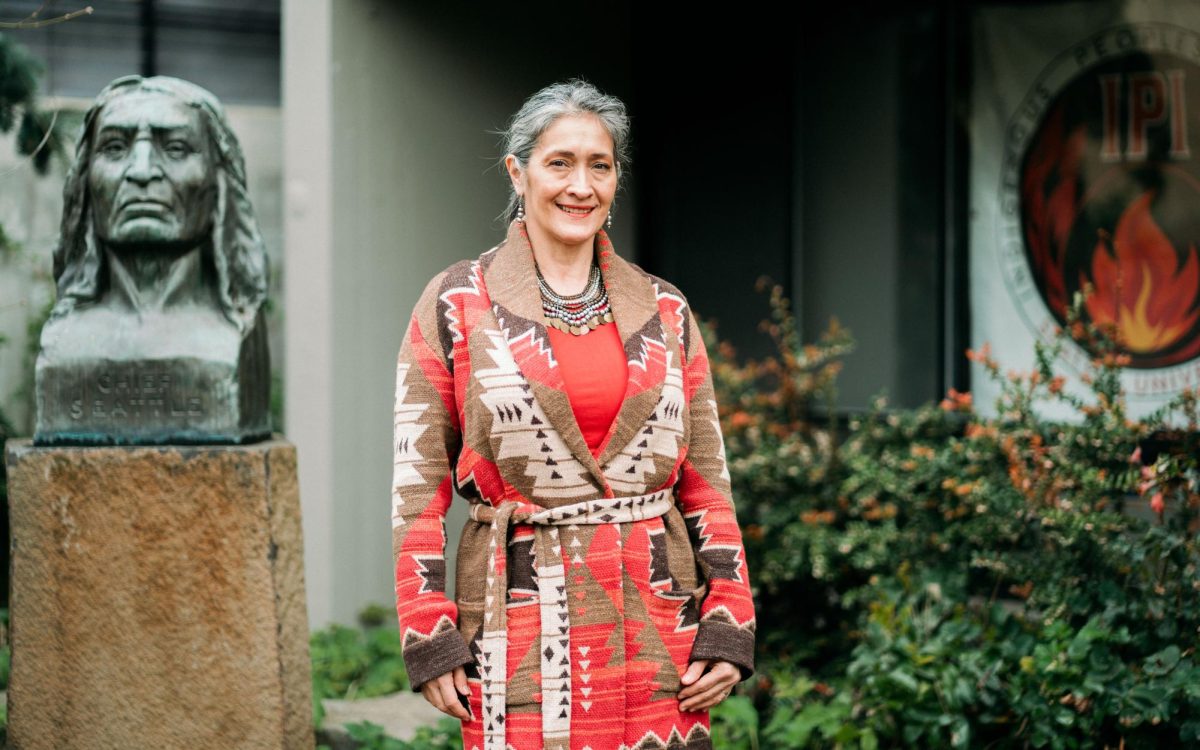A state of emergency is typically declared in the wake of natural disasters like floods, forest fires and tornadoes. In November 2015, Seattle Mayor Ed Murray declared that the homelessness crisis here demands an equal response.
According to the One Night Count, a homelessness census conducted by the Seattle King County Coalition on Homelessness, there were at least 4,505 people, including children, who were “unsheltered” on the street, in a vehicle, shelter or transitional housing in King County on January 29, 2016. This year’s results have yet to be released yet, but numbers are expected to climb.
Last Tuesday, Student Government at Seattle University (SGSU) hosted a panel and discussion called “How SU Can Help Solve Youth Homelessness: A Community Talk.” The panel was comprised of five individuals who have worked extensively on the issue in the community, including George Scarola, who was hired by Mayor Ed Murray in August 2016 as the city’s first cabinet-level director of homelessness.
Scarola said the combination of the affordability crisis, mental health crisis, opiate epidemic and broken foster care system is “the proverbial perfect storm” for a homelessness crisis to brew. He said he sees two different ways that the community can get involved in the effort to help: politics and institutional volunteering.
“You can be an advocate and help someone doing their political work or you can be a board member…doing the real, deep helping for individuals,” Scarola said. “But, it seems to me that’s the two levels we have in the world: building institutions and programs that can actually reach people and get people when they need that help and the political will that pays for that and solves bigger structural problems.”
SGSU Freshman Representative Peter Hoang said he had the idea to launch this event at the beginning of the school year.
“Living in the Xavier Residence Hall and going out with my friends quite a bit during fall quarter, to see that there was a lot of individuals on the streets who didn’t have a lot of resources, and a lot of clothing, and a lot of food… obviously I want to help out, but [wasn’t] sure how to go about that,” Hoang said.
He attributed a lot of help to his peers within SGSU and to Catherine Hinrichsen, who has been the Project Director for Seattle University’s Project on Family Homelessness—originally called the Journalism Fellowships on Family Homelessness—since 2010. The project was designed to foster community awareness of family homelessness and made contributions to local news coverage that was distributed to KUOW, The Seattle Times, South Sound Magazine and other local publications.

An image from an infographic created for the One Night Count in January. Designed by Mandy Rusch, Digital Design Assistant for the SU Project on Family Homelessness, in partnership with All Home King County.
Recently, the Project on Family Homelessness has focused on the creation and distribution of education graphics, and sharing the lived-experience of those who have experienced or are experiencing homelessness. By coordinating with national storytelling programs like StoryCorps and The Moth, the Project on Family Homelessness has contributed to productions that have aired on KUOW and NPR.
Shan Yonamine, a Seattle U senior and student project assistant for the Project on Family Homelessness, is currently working on an upcoming affordable housing education event for students called “Renter’s Rights 101.” The event is being planned in partnership with the Housing Development Consortium, which hosts Affordable Housing Week and will feature speakers from the Tenants Union and Capitol Hill Housing. Students should expect to learn about standard rent rates, what a security deposit is and other general renting practice information.
“The main idea behind that event is, we noticed that a lot of Seattle University students are about to become renters or are already new renters this year,” Yonamine said. “We wanted to provide some information for new renters because it can be kind of difficult to navigate what is normal and what is not, especially since a lot of students here are away from home and they’re not necessarily with their parents.”
While the workshop is comprehensive in the sense that it’s providing educational tools for students to be savvy renters, it is not designed to guide students in avoiding further gentrification of the surrounding communities.
Historically, Capitol Hill was a neighborhood of blue-collar artists and workers, and was a safe-haven for the gay community. In recent years, though rent has climbed and the diversity of its inhabitants has shifted. Newcomers to Capitol Hill are more frequently straight, wealthy and white, and many communities around Seattle are seeing similar changes.
Students who attended last week’s youth homelessness panel inquired about this issue during the question and answer portion of this event.
“SU has an extraordinary amount of influence as a landholder,” Jody Waits, YouthCare Vice President Development and Communications Officer said. “And as a participant of advocacy to say ‘gosh, what if we provided 300 affordable housing units for students, what if we made a commitment? What if we said a quarter of our students are going to be able to access college without any cost to them?’ or ‘we’re going to save those spaces to honor people that have been left out of the system of higher education’, which are the types of clients that we see [at YouthCare]. So, I think SU is getting a lot right, and I think it has an extraordinary amount of financial resource and power that it could make some very brave choices to leverage and set an example for how urban colleges respond to this problem.”
“It seems to me that’s the two levels we have in the world: building institutions and programs that can actually reach people and get people when they need that help, and the political will that pays for that and solves bigger structural problems.”
— George Scarola
“Think about dorm rooms that stay open all summer long with nobody in them, how can those spaces be utilized?” Annie Blackledge, Executive Director of The Mockingbird Society added.
The Mockingbird Society is an advocacy-driven program driven to improve foster care and end youth homelessness. Blackledge said that, when she began foster care advocacy, she quickly realized that the problems with the child welfare system and increasing youth homelessness go hand-in-hand.
She described an experience she had recently at the Monroe Correctional Complex, where she spoke with 30 inmates who had all experienced being in foster care in their childhood.
“75 percent of them in that circle had aged out of foster care into homelessness and within two years found themselves involved in the prison system,” Blackledge said. “These are people who are going to spend 20 plus years behind bars. This has got to stop. They call themselves ‘systems humans’, they were raised by the child welfare system, found themselves in homelessness, and quickly found themselves incarcerated. It is really a pipeline, it really does exist.”
Blackledge said an “interdisciplinary” approach is truly necessary in combating homelessness, and emphasized that the issue is connected to other systemic obstacles.
Jody Waits made a similar suggestion, when she refuted the possibility of a “universal answer” to the homelessness crisis. Waits suggested that the solution needs to be an individualized response.
“We’re going to think about who needs help,” Waits said. “We’re going to customize our response and we’re going to remember that it’s expensive because it matters and that helping people move forward and paying for transformation shouldn’t be and isn’t cheap.”
Just last week, the city of Seattle allocated $1.3 million in funding to Compass Housing Alliance to create an enhanced 24/7 homeless shelter opening in summer 2017. The city continues to accelerate the work of Pathways Home through the Emergency Operations Center, or EOC, which has the ultimate goal of moving all people into housing and breaking down the barriers that cause individuals to experience homelessness.
“The city is working to build more affordable housing in several ways,” Scarola said. “As the voters passed the largest housing revenue that we’ve ever done, and that creates deeply affordable subsidized housing, and that’s the voters doing the lift and paying for that. We’ve negotiated with private developers how the next 50,000 units will get built and 40,000 of those will be market and 10,000 will be subsidized. How deeply we can get those subsidized will mean how many more units will serve very low income people.”
In the meantime, many advocates continue to directly contact their local legislators, something that Dimitri Groce, an organizer for the Washington Low Income Housing Alliance, says you can do every single day. He encourages people who want to get involved to subscribe to receive action alerts about priority bills from advocacy groups of their preference.
“As advocates, we need to really step aside to really help center the lived experiences of folks that are most impacted by these things,” Dimitri said. “To do that takes a lot of inward thinking and a lot of inward conversation happening with communities that share your own privileges like ‘Where, in a systemic place, where are we benefitting?’ and how to we leverage some of those resources in a way to help other folks.”
Katie Hong of the Youth Homelessness from the Raikes Foundation, a non-profit philanthropy organization that focuses on K-12 education and youth homelessness, hopes to see the community rally together in a deep and meaningful way, and said the worst thing we could do as a community is “just accept it.” She argued that homelessness is not an “inevitable” issue, but one that can be tactfully and skillfully remedied.
“Just think about when a disaster happens in any community, the American Red Cross comes in and sets up shelter, that’s a very typical response,” Hong said. “If you ever see an image of Red Cross kind of shelter, that’s actually very similar to a homeless shelter. So just imagine people’s surprise, a week after a disaster happens people camping out in a school, you know in the school cafeteria or in a school building. If that same kind of reality existed a year, two years, three years later in a community that was hit by natural disaster, I think most people would be like ‘WTF?’ like what’s up with that, why’s this community still happening?’ but that’s exactly what we’ve done with our homeless populations.”
Haley can be reached at
[email protected]




















